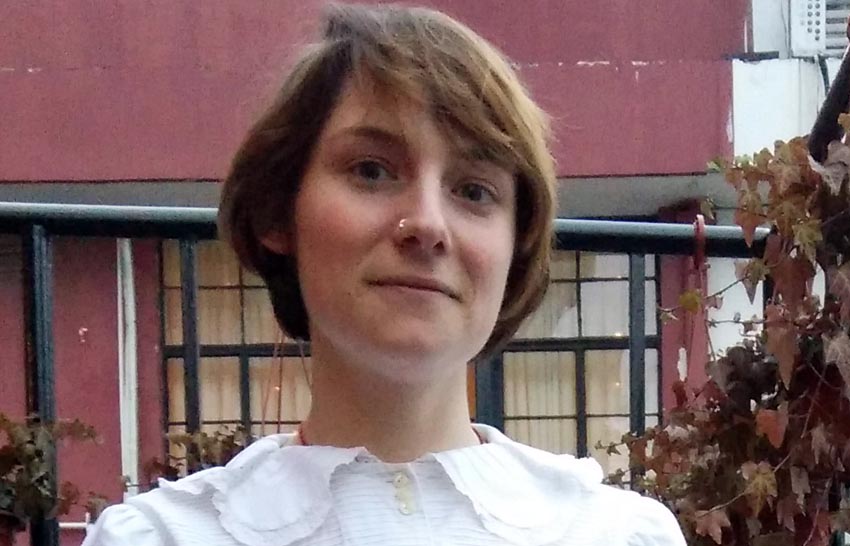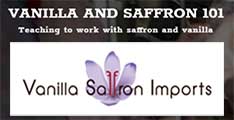Joseba Etxarri. From Donostia and 28 years old, Oihane Pardo, is an architect who has been living in Shanghai for two years. Her studies and professional development brought her to what she refers to as “the city that is the equivalent of New York in Asia.” Just before coming, her father gave her various materials for an exhibit on the Auxiliary Navy of Euzkadi. Shortly after, Juan Pardo San Gil, historian and enthusiastic researcher on Basque Naval History, died, thus postponing the exhibit, in hopes of a more fitting occasion. Now the time came and besides marking this anniversary of the Naval Battle of the Cape of Matxitxako, the Shanghai Euskal Etxea, together with the Matxitxako Association and Oihane Pardo herself, will inaugurate the exhibit on the Auxiliary Navy of Euzkadi and this battle on March 15.
-We will talk about the initiative in a second, but first tell me what a young woman like you is doing in Shanghai.
I came two years ago with a grant from the Basque Government. I first worked here in an architecture consultant of Mondragon and later I started at an architect firm doing landscapes and interior design. Coming here was kind of a coincidence, since my other possibilities were to go to India, Colombia, or China and finally ended here. When I first came I remember I was shocked by the contrasts. Shanghai is like the New York of Asia and I didn’t expect it to be as advanced in some fields, I think I was expecting a city full of temples and little more.
-You said contrasts...
For example, when you see people on bikes that are in disrepair, next to these huge brand-new western cars. Before I came I didn’t know any Chinese people, but I had met some Japanese who were educated, organized, hard workers and shy and here I am in a very different world, maybe influenced by some stereotypes.
-How long are you planning to stay?
I don’t know. I came for a year and I already extended it one year. I want to go back for my family and friends, but while I have work here…maybe in one or two years, while things straighten up there.
-It depends on the lack of work in Euskadi?
No one of the friends I studied with, the ones that are still working as architects are in Donostia, and the majority had to go abroad.
-Would you recommend coming to China to other young Basque professionals?
This is an intense, different and difficult experience. The first problem is the language. In other countries you can use English, but here, and even in big cities like Shanghai, it is difficult to find people who speak English. The culture is so different….Communication is difficult especially in the beginning. On the other hand, Shanghai is so big that you can live kind of apart from China, getting together with expatriates, but without having the real Chinese experience. In spite of this, China is without a doubt an interesting and enriching experience.
-How are you doing in Chinese?
I am learning the language. I try to make it compatible with my daily work, and even though it is hard, it’s not impossible. I have friends who speak very well and I think that we Basques have a little edge by speaking three and four languages and knowing Basque. It is important to know the language of the country where you live. And many Chinese are bored with westerners who come here with English only and don’t make an effort to learn their language.
-Let’s talk about the Auxiliary Navy of Euzkadi exhibit and the Battle of Matxitxako.
My father, Juan Pardo San Gil, was an enthusiastic researcher on this topic. Not only did he research it, but he also shared what he found and introduced others to it. He worked very hard and put much of his material at the disposition of the whole world online trought the website www.marinavasca.eu in English, Basque, Spanish and French. When the opportunity to come to China arose, he told me that I should organize something in conjunction with the battle’s anniversary and he gave me some books and material to bring to the Euskal Etxea. With his death, the project stopped, until now. With the Matxitxako Association and with the collaboration of my family we were able to organize and put together the material my father gave me and create a series of panels that will be exhibited for the first time on March 15. The exhibition, in this sense, is brand new and inedited, although I remember that my father and the association carried out an informative initiative in 2012 in another Basque club, in San Nicolas, Argentina. We will also show two videos, with historical images of the trawlers, and another that includes an interview of the last survivor of the Navarre Trawler, Juan de Dios Telletxea.
-Will you share the exhibit with other Basque clubs?
Of course. All the exhibit is digitalized and I can send the panels through internet, so they can print them. All they have to do is get in touch with the Matxitxako Association, or with the Shanghai Basque club or with me personally.
-Download for free the pdf version of historian Juan Pardo San Gil's book Euzkadiko Gudontzidia La Marina de Guerra Auxiliar de Euzkadi (1936-39) (in Basque and Spanish)






 Send to a friend
Send to a friend Add comment
Add comment








